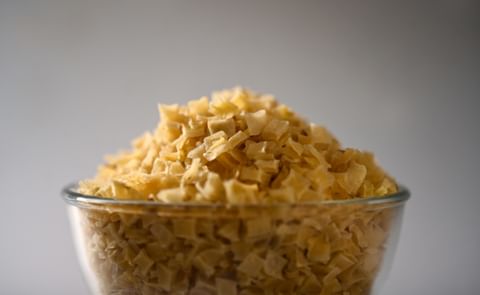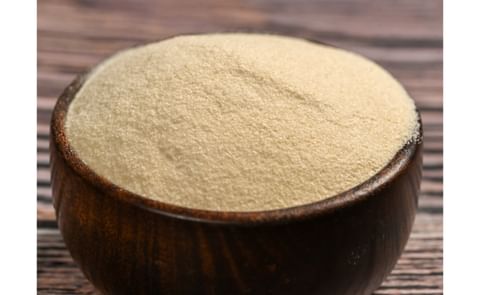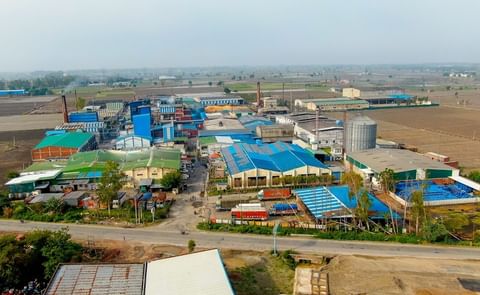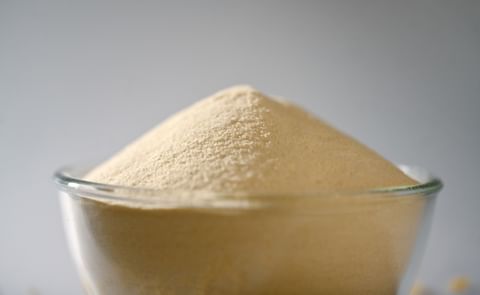Put simply, potato flour is cooked, dried, ground potatoes with no additives. Yet, while potato flour may look like finely ground potato flakes, the two products are very different. True potato flour produces a stickier product when liquid is added and is best used in small amounts to extend other flours. As far as particle size goes, granular potato flour will pass through a 40 mesh, or 420 micron, screen, while fine flour passes through an 80 mesh, or 177 micron, screen.
Recommended Uses
Both granular and fine potato flours make excellent thickeners in sauces and gravies and in breading for fried foods. They also contribute to a softer, moister texture in most baked goods, including biscuits, pancakes, breads, muffins and cookies.
Rehydration
Don't rehydrate potato flour as a standalone product unless preparing a gruel. Potato flour isn't suitable for making mashed potatoes, either. It is best used as an ingredient. Always follow the manufacturer's instructions for the dehydrated product you're using, as rehydration specifications may vary.
Characteristics
- Rehydrated Texture: Very sticky
- Free Soluble Starch: Very high
- Viscosity: High
- Water Absorption: High
- Cell Damage: Very High
- Additive: Typically none











